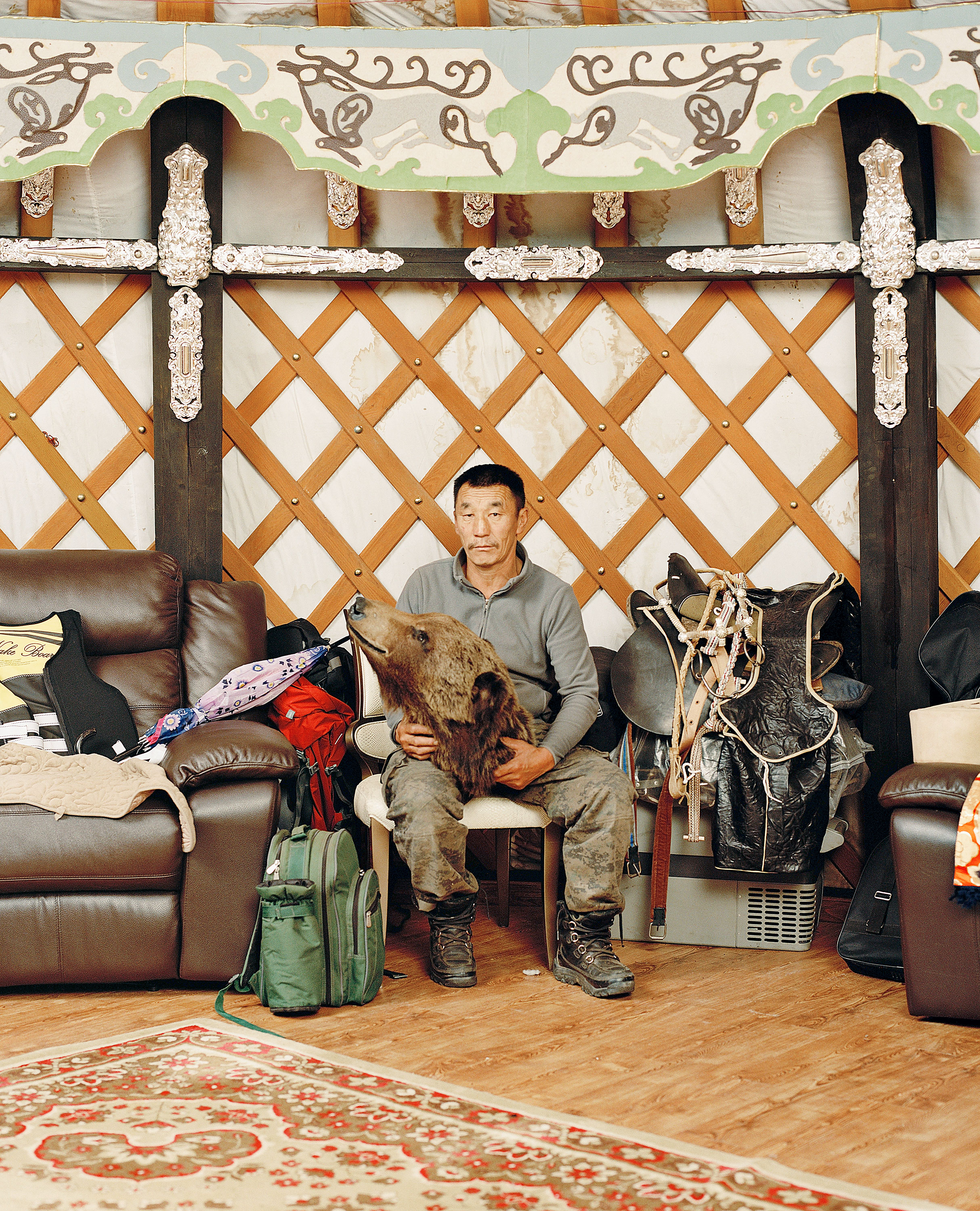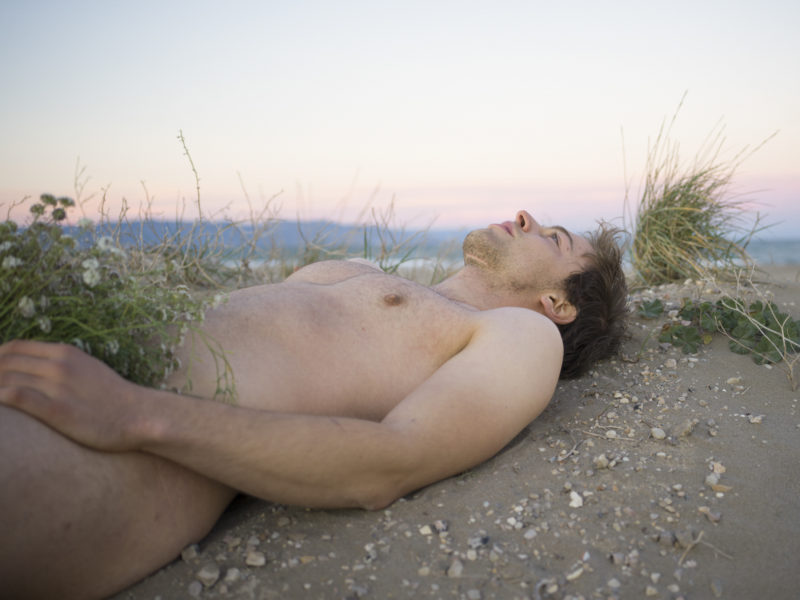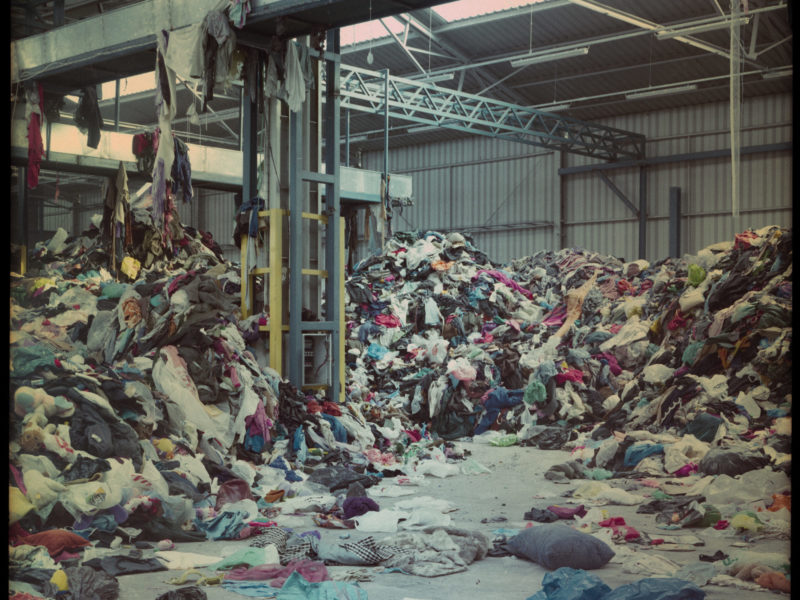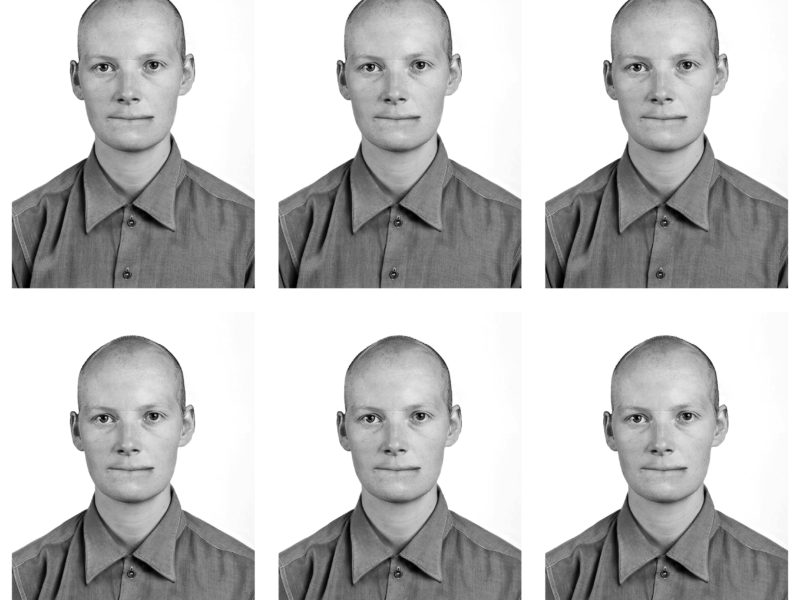
Catherine Hyland

Once we stepped inside, I saw the bear head lying around and there was such overwhelming stillness to this object that it really made me stop in my tracks.
The person in the image is one of Davaagiin Batbayar’s right hand men (a sumo champion who has returned to Mongolia to pursue a career in business and politics). We were at Davaagiin Batbayar’s home outside Ulaanbaatar, in quite a rural area in Gorkhi-Terelj National Park, after spending the day interviewing Davaagiin Batbayar and visiting one of the Sumo wrestling schools. In the end I decided to make the main focus of the project the younger generation of Sumo wrestlers, rising up in a sport that has for centuries been quite insular and preciously protected by the Japanese Sumo Association.
The subject in the picture is sitting inside Batbayar’s Ger (a traditional nomadic home). As we approached the Ger, another one of the locals pointed out a pack of wolves, that had recently settled just above where we were standing. Several of them sat on rocks, just a few meters above us, howling as I walked around the location, it’s the closest I have been to wolves in their natural habitat.
There were a group of puppies running around near and inside the Ger, it was quite a lively chaotic scene. Once we stepped inside, I saw the bear head lying around and there was such overwhelming stillness to this object that it really made me stop in my tracks. It was quite an arresting moment, especially due to the contrast of the noises going on outside. I haven’t included the image in my project ‘Rise of the Mongolians’ because whilst I really like it as an image and it is an authentic depiction of the nomadic lifestyle many lead in Mongolia, that links to a hugely successful Sumo wrestler. I feel it is very much necessary to have an explanation alongside it, so it can’t be misinterpreted. I feel a lot of responsibility over the narrative that surrounds an image about hunting, especially trophy hunting, in relation to a rare or endangered animal, as I want my photographs to be connected to my values.
Two sub-species of bears are found in Mongolia. Brown bears and Gobi bears. The Gobi Bear is amongst the rarest and least known large mammals on earth. There are perhaps no more than two or three dozen left in the wild, and none live in captivity anywhere. So it being a bear, is in itself especially significant. I do not know how or in what situation this bear head come to be acquired. I hope to find out further information about it but for me it is a remnant of a nomadic lifestyle that is gradually disappearing. That contrast between the old and the new, modern and traditional makes it compelling. Ambiguity in my work is a narrative strategy that I aim to use well, so this image is interesting to me because it is not didactic. It doesn’t tell you what to think but there is a heavy responsibility that goes along with that, in this instance because it is linked to hunting and so it has remained in my archive, whilst I try to gain a better understanding of how it is contextualised by everyday nomadic life in Mongolia at present. It is an intimate true depiction of Davaagiin Batbayar’s personal life and possessions. I have a feeling it may portray a wider range of events and emotions than it seems on first glance. So I would not want to put it out into the world without that being made clear.
Catherine Hyland is an artist based in London. She graduated from Chelsea College of Art and Design with a First class BA (Hons) Degree in Fine Art and completed her Masters at the Royal College of Art.





